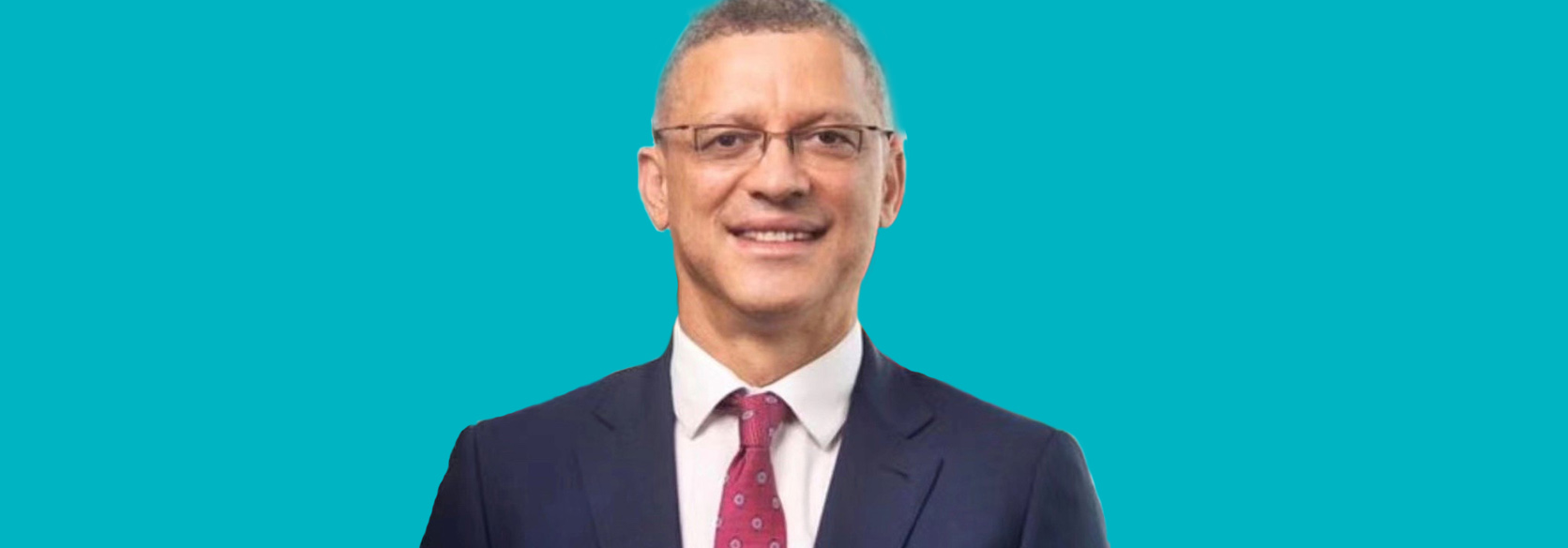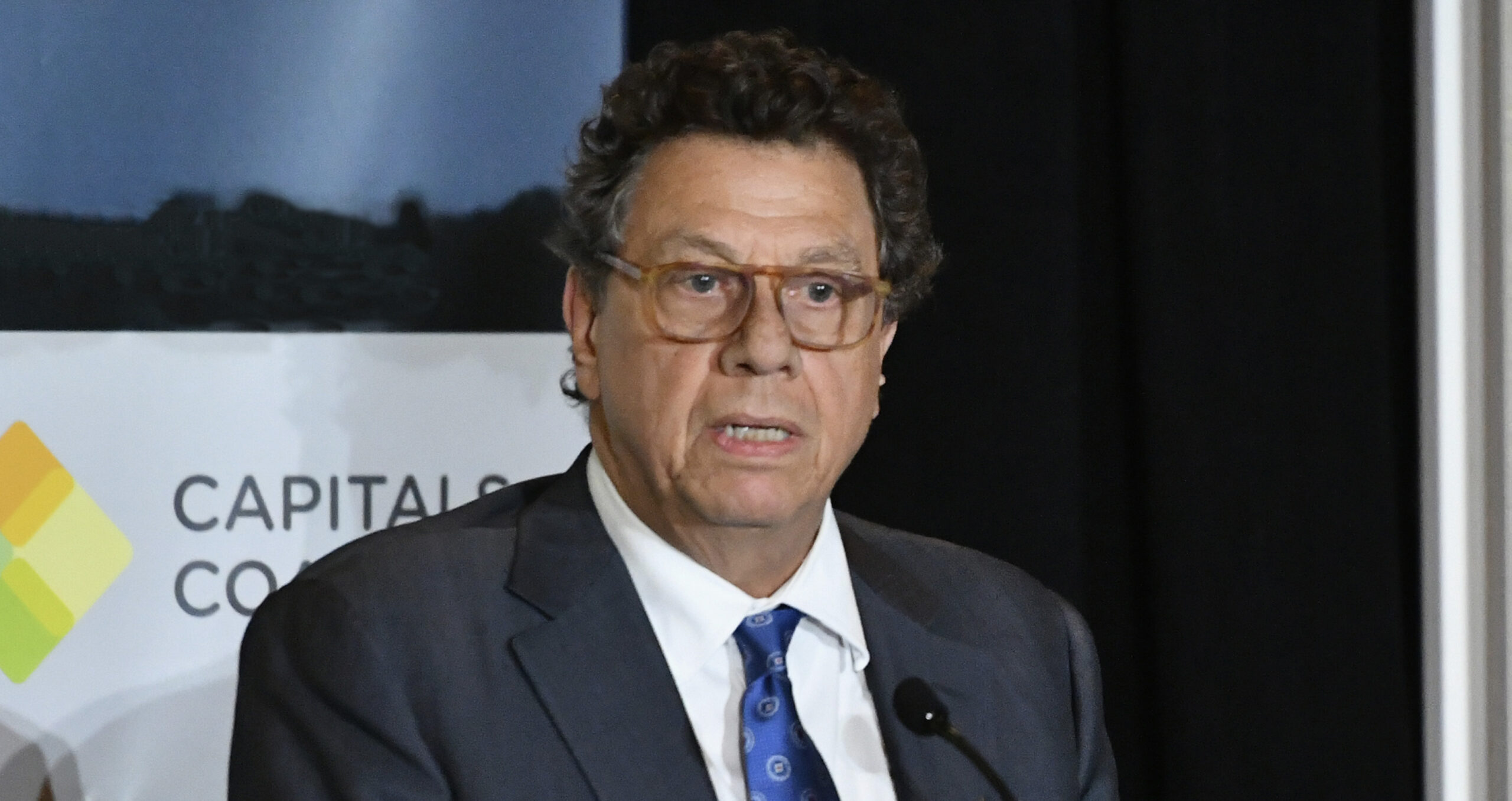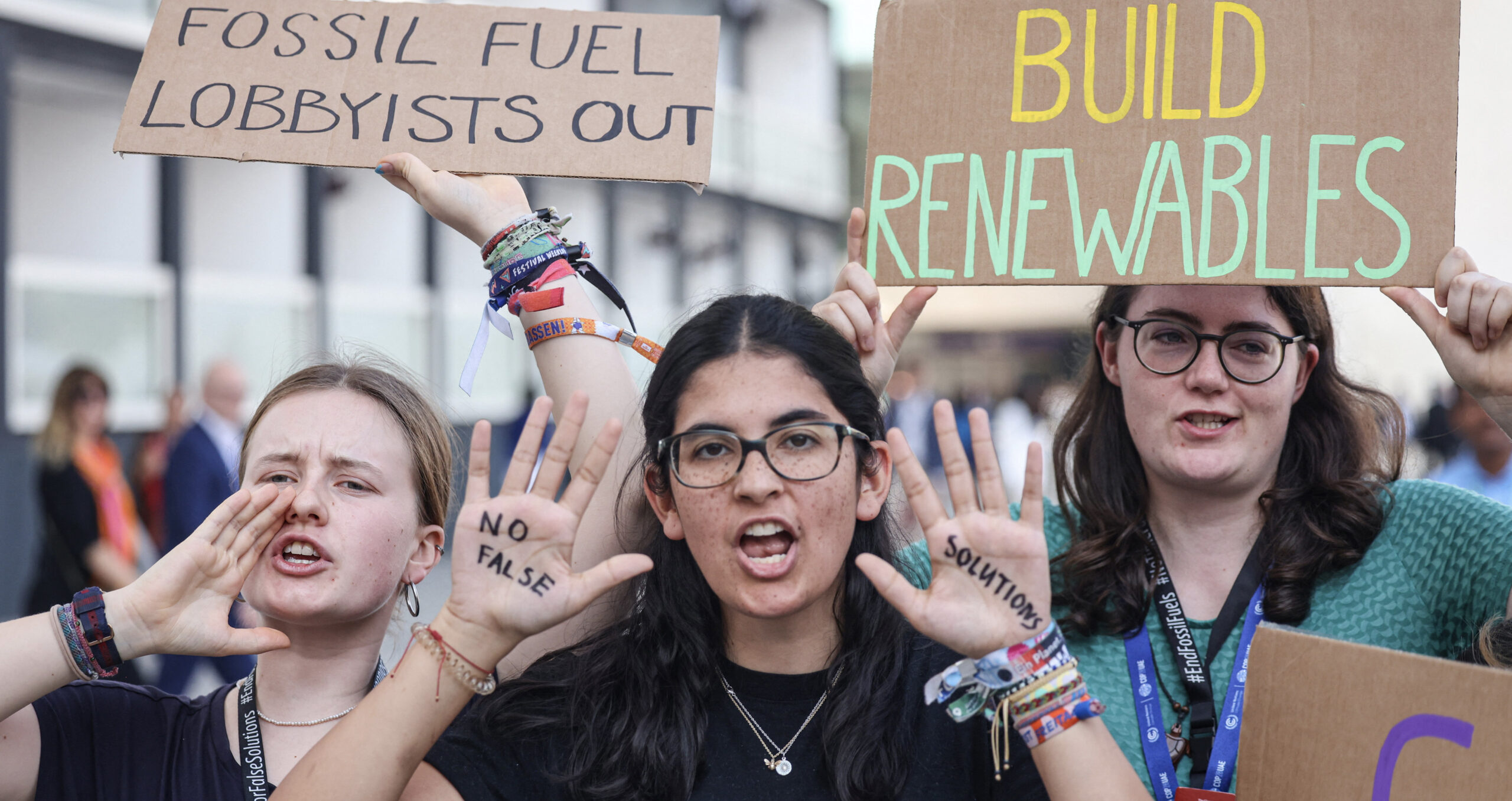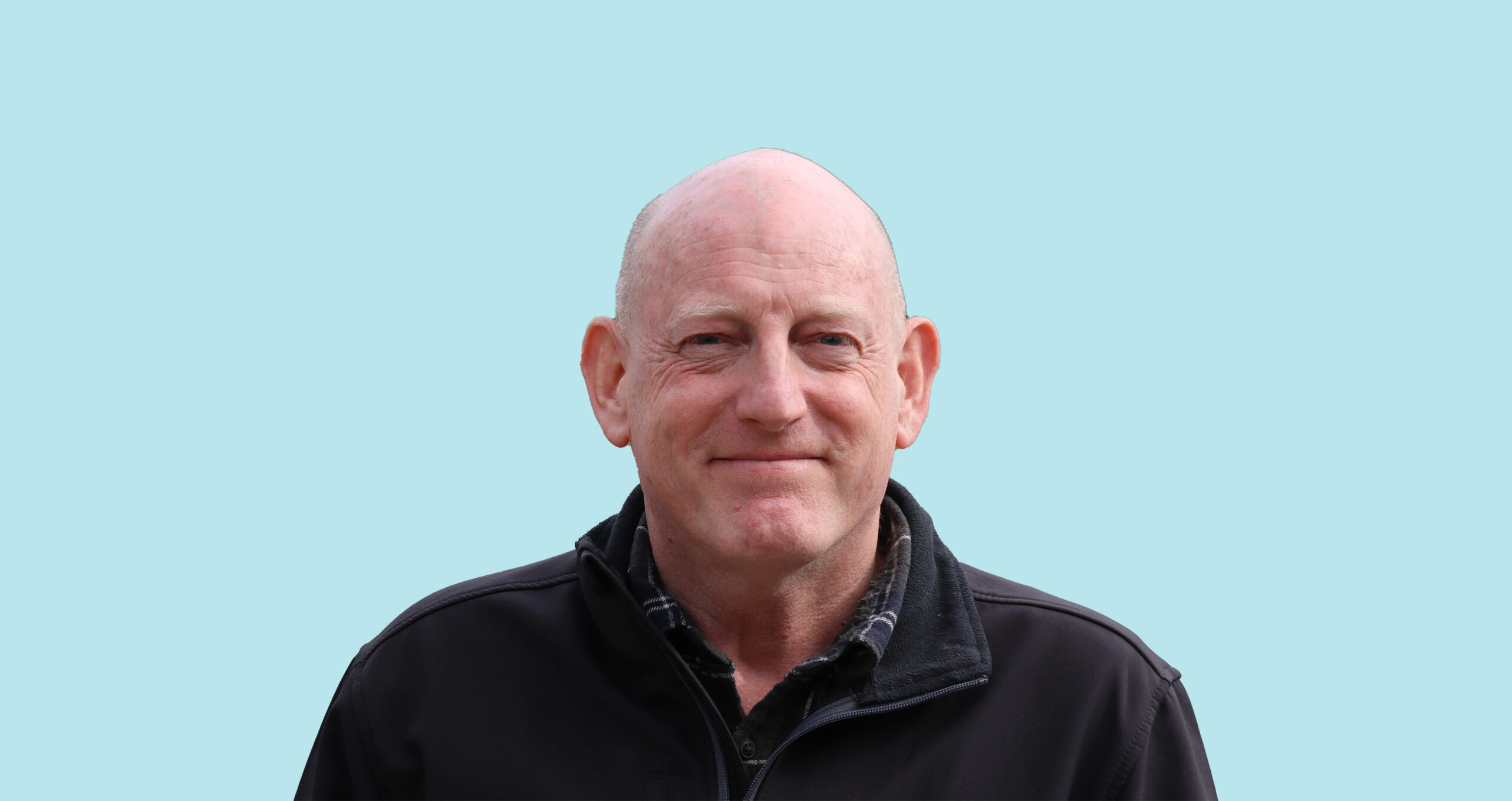

After Harvard’s Kenneth Rogoff, Citi analysts have also called for the creation of a multilateral lender to support the green transition of developing economies, but Leslie Maasdorp, CFO of the New Development Bank – formed by some of those emerging markets – thinks differently
Development banks have been designed to play a counter cyclical role and, because of the Covid pandemic, there has been a rethink on whether we are fit for purpose. In this regard, multilateral institutions are really looking at their mandates, their business models, to see whether there is scope, for example, to take on more risk, to discontinue some activities and refocus on what is needed to design a low-carbon future. However, of the two extremes, one suggesting we create a new global institution and another suggesting that we remodel existing institutions, I think the dominant voices in development finance support the latter.
Development banks are owned by sovereigns, and creating new institutions firstly requires time to put in place systems and mandates, to ensure that they complement existing institutions. The priority now is on the existing multilateral system, which has more than $2tn of assets and employs tens of thousands of people. How do we make sure that that intellectual resource is best used? How do we manage the large stranded assets that we will be confronted with as economies discontinue carbon intensive production? We have to reconfigure our existing institutions; we do not have the luxury of time, we can’t spend years building new ones.
You say that development banks should take on more risk to finance the green transition. Do your peers agree?
After the Antalya summit in 2015, the G20 came up with a mandate for multilateral development banks to look at optimising their balance sheets. Progress on that agenda has been slow. Now Covid has really stretched the capacity of the multilateral system. And under the Italian presidency this year, the G20 decided to create a capital adequacy review panel to evaluate whether multilateral development banks could do more with their existing capital. There is a high degree of consensus amongst our shareholders and the G20 that this is possible. How exactly capital adequacy metrics might have to be redefined will now be the subject of a very intense investigation over the next eight months or so. It will be delivered by the next G20 summit under the Indonesian presidency.
Will momentum hold over the next year?
There is a lot of agreement around the fact that the multilateral system is too small to play a corrective role, a balancing role, and that is what we need to mobilise private sector capital more effectively. We can do a lot more to create appropriate investment solutions so that multilateral banks’ capital can serve as a catalyst for private sector investment, so that funding doesn’t need to rely only on our balance sheets. For example, instead of us funding a big new solar, offshore wind or other form of renewable energy project, we can make a better use of our high credit ratings to improve the risk-return profile of these sustainable projects so that it matches what big asset managers like BlackRock or Amundi are looking for. This gives a chance to projects in countries that have a sub-investment grade rating, which seldom matches private sector firms’ investment mandates. We can play that role, enhancing credit profiles, and that is multilateral development banks’ big focus now.
The interview has been edited for clarity and brevity.
As industry voices joined academia earlier this year in proposing the creation of a new development bank to help fund climate solutions for the world’s most vulnerable economies, we caught up with the CFO of the actual New Development Bank, Leslie Maasdorp. The institution was created in 2015 by and for Brazil, Russia, India, China and South Africa, and began admitting new members in 2021. Rather than yet another multilateral player, Maasdorp says the world needs the existing ones to do better and update their mandates and risk appetite – and fast.
What do you make of the calls to create a new development bank that focuses on climate change?
Development banks have been designed to play a counter cyclical role and, because of the Covid pandemic, there has been a rethink on whether we are fit for purpose. In this regard, multilateral institutions are really looking at their mandates, their business models, to see whether there is scope, for example, to take on more risk, to discontinue some activities and refocus on what is needed to design a low-carbon future. However, of the two extremes, one suggesting we create a new global institution and another suggesting that we remodel existing institutions, I think the dominant voices in development finance support the latter.
Development banks are owned by sovereigns, and creating new institutions firstly requires time to put in place systems and mandates, to ensure that they complement existing institutions. The priority now is on the existing multilateral system, which has more than $2tn of assets and employs tens of thousands of people. How do we make sure that that intellectual resource is best used? How do we manage the large stranded assets that we will be confronted with as economies discontinue carbon intensive production? We have to reconfigure our existing institutions; we do not have the luxury of time, we can’t spend years building new ones.
You say that development banks should take on more risk to finance the green transition. Do your peers agree?
After the Antalya summit in 2015, the G20 came up with a mandate for multilateral development banks to look at optimising their balance sheets. Progress on that agenda has been slow. Now Covid has really stretched the capacity of the multilateral system. And under the Italian presidency this year, the G20 decided to create a capital adequacy review panel to evaluate whether multilateral development banks could do more with their existing capital. There is a high degree of consensus amongst our shareholders and the G20 that this is possible. How exactly capital adequacy metrics might have to be redefined will now be the subject of a very intense investigation over the next eight months or so. It will be delivered by the next G20 summit under the Indonesian presidency.
Will momentum hold over the next year?
There is a lot of agreement around the fact that the multilateral system is too small to play a corrective role, a balancing role, and that is what we need to mobilise private sector capital more effectively. We can do a lot more to create appropriate investment solutions so that multilateral banks’ capital can serve as a catalyst for private sector investment, so that funding doesn’t need to rely only on our balance sheets. For example, instead of us funding a big new solar, offshore wind or other form of renewable energy project, we can make a better use of our high credit ratings to improve the risk-return profile of these sustainable projects so that it matches what big asset managers like BlackRock or Amundi are looking for. This gives a chance to projects in countries that have a sub-investment grade rating, which seldom matches private sector firms’ investment mandates. We can play that role, enhancing credit profiles, and that is multilateral development banks’ big focus now.
The interview has been edited for clarity and brevity.
Similar Articles

‘No leakage’ structure to strengthen carbon markets, says Costa Rica’s environment minister

Youth on COP28: few women but an ‘overwhelming number of fossil fuel lobbyists’


